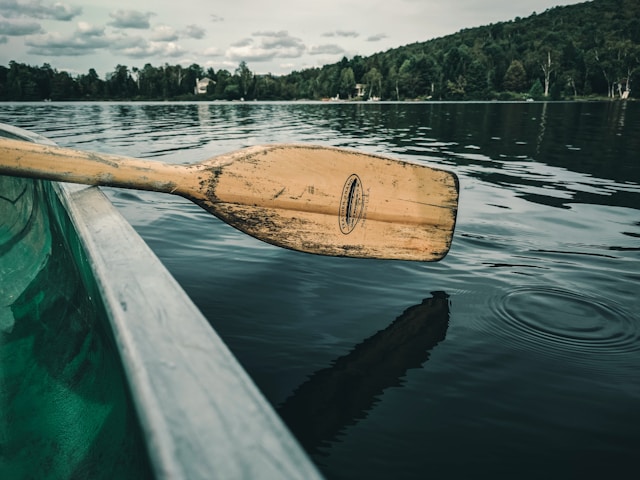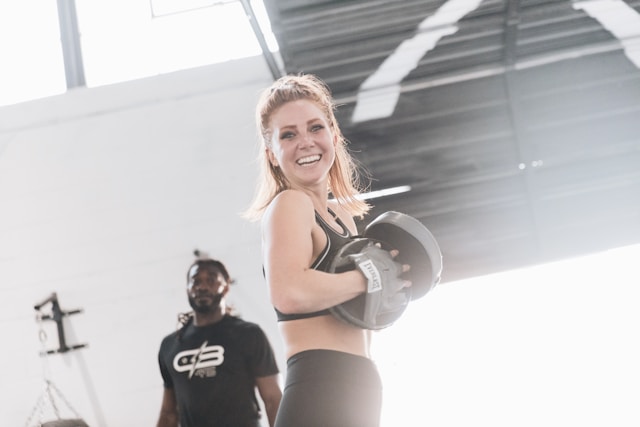Hey everyone, Anya here! As you know, I’m always on the lookout for the best gear to make our outdoor adventures even better. And when it comes to exploring waterways, we’ve got options: packrafts, kayaks, and canoes. But which one is right for you? Let’s dive in and compare these three popular types of watercraft.
Packrafts: The Lightweight Adventurers
Okay, so packrafts are relatively new to the scene, and I’m super excited about them! These little guys are basically inflatable boats designed to be lightweight and packable. The idea is to combine hiking and paddling, so you can trek into remote areas and then float down a river or across a lake. How cool is that?
Pros:
- Portability: This is the big one. Packrafts are incredibly lightweight and can be rolled up and stashed in a backpack. Perfect for backpacking trips where you want to include a water element.
- Versatility: Great for combining hiking and paddling. Imagine hiking to a remote lake and then paddling across it – packrafts make it possible!
- Whitewater Capability: Many packrafts are designed to handle Class II or even Class III rapids. So, you can get your adrenaline fix!
Cons:
- Speed: Let’s be honest, packrafts aren’t speed demons. On flatwater, they’re slower than kayaks, but who’s in a rush when you’re surrounded by nature?
- Tracking: Packrafts can be a bit harder to keep in a straight line, especially in windy conditions. Some folks even retrofit fin mounts to improve tracking, which is pretty neat!
- Durability: While packrafts are made with tough materials, they’re still inflatable. You need to be careful around sharp objects.
Kayaks: The Versatile Paddlers
Kayaks are probably what most people think of when they picture paddling. They’re sleek, efficient, and come in a wide range of styles for different types of paddling.
Pros:
- Speed and Efficiency: Kayaks are generally faster and more efficient than packrafts and canoes, especially on flatwater.
- Tracking: With their longer, narrower hulls, kayaks track straighter than packrafts.
- Variety: There’s a kayak for every type of paddling, from whitewater to sea kayaking to fishing.
Cons:
- Portability: Kayaks are much bulkier and heavier than packrafts. Transporting them can be a challenge, especially if you don’t have a car rack.
- Storage: Kayaks take up a lot of space to store.
- Less Versatile for Multi-Sport Adventures: While you *can* hike with a kayak, it’s not exactly ideal.
Canoes: The Classic Choice
Ah, the canoe – a classic for a reason! Canoes are open boats that are great for paddling with a partner or carrying a lot of gear.
Pros:
- Stability: Canoes are generally very stable, making them a good choice for beginners or for paddling with kids.
- Capacity: Canoes can carry a lot of gear, making them great for camping trips.
- Comfort: With their open design, canoes offer plenty of room to stretch out and move around.
Cons:
- Maneuverability: Canoes can be harder to maneuver than kayaks, especially in windy conditions or in tight spaces.
- Speed: Canoes are generally slower than kayaks.
- Wind Resistance: The high sides of a canoe can catch the wind, making it harder to paddle in windy conditions.
Choosing the Right Watercraft
So, which one should you choose? Here’s my take:
- Packraft: Choose a packraft if you want a lightweight, portable boat that you can use for combining hiking and paddling. Great for backpacking trips and exploring remote areas.
- Kayak: Choose a kayak if you want a faster, more efficient boat for flatwater paddling or if you want to specialize in a particular type of paddling (like whitewater or sea kayaking).
- Canoe: Choose a canoe if you want a stable boat that can carry a lot of gear. Great for camping trips and paddling with a partner or family.
Ultimately, the best watercraft for you depends on your individual needs and preferences. Consider what type of paddling you plan to do, how important portability is to you, and how much gear you need to carry. And most importantly, have fun out there!




